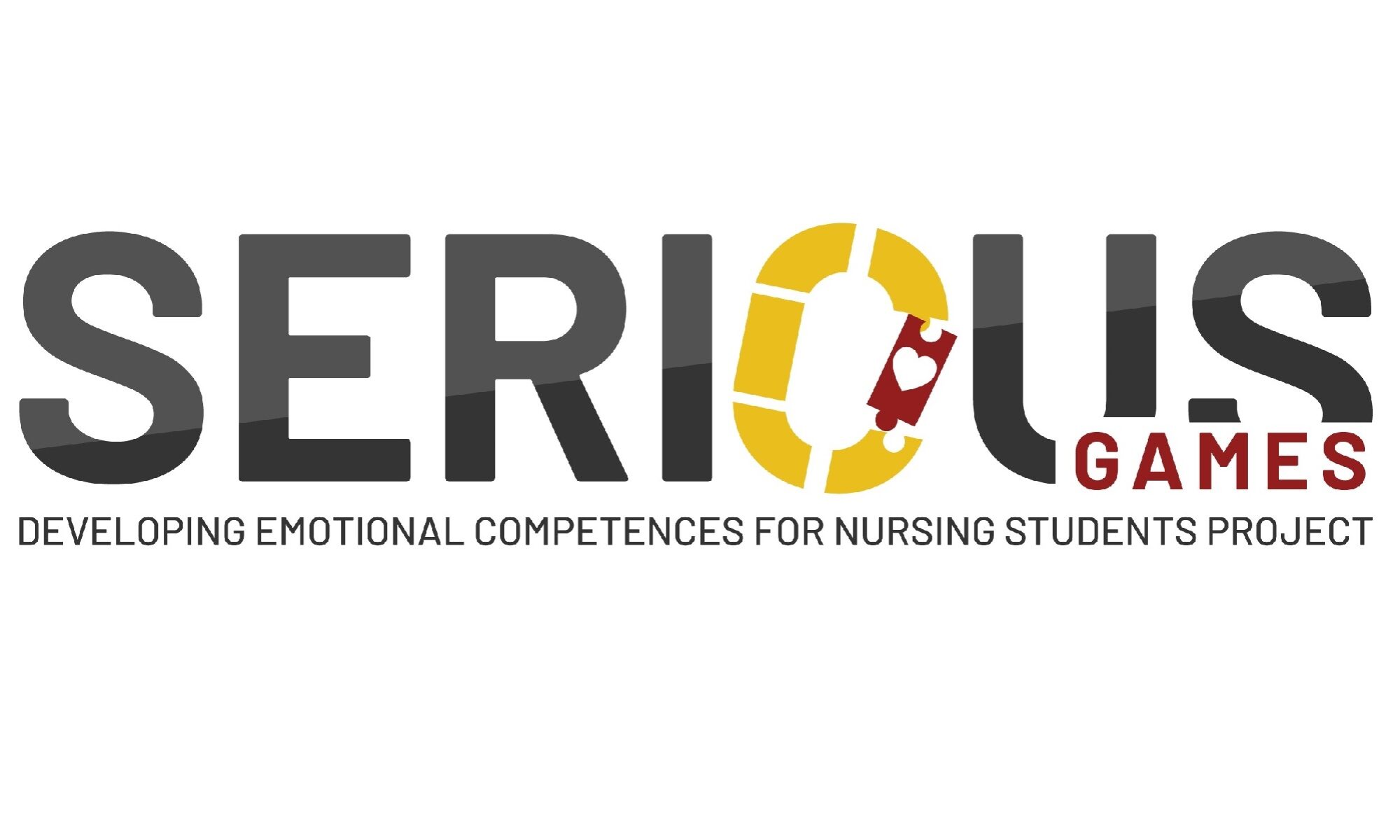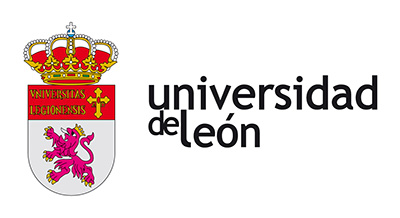

Elena Fernández 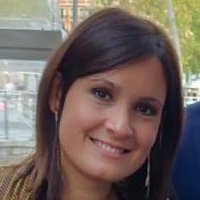
Leticia Sánchez

The Leonese cuisine is rich in terms of products and in terms of tradition. Both in the part of the old town called Barrio Húmedo, as in many other parts of the city, there is a wide range of restaurants. It is typical of the city “the tapas”, which unlike other cities is free and accompanies the tasting of the drink. The local cuisine is closely related to good meat, lamb, veal and pork in various preparations, highlighting roast suckling lamb, pork sausages and jerky.
But this city not only offers a rich past and an exquisite gastronomy, but it is a modern, commercial city, with an important architecture that ranges from historical buildings such as the Basilica of San Isidoro, to modern ones such as the Museum of Contemporary Art of Castilla y León (MUSAC).
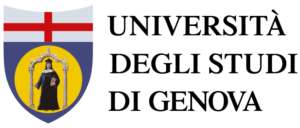
It offers courses not only in Medicine, Pharmacy and Dentistry, but also for 22 health professions, such as nursing, physiotherapy, midwifery, etc. There are about 40 postgraduate courses in medical specialties and several master programs in Italian and in English. The School of Medicine and Pharmacy is affiliated with the San Martino Regional Hospital, the largest in Europe, the Gaslini Pediatric Hospital, and the National Cancer Institute of Genoa. The University of Genoa has a long-standing tradition of scientific excellence, research and cooperation with many national and international institutions. In addition to state-of-the-art clinical practice, the remarkable research activity in basic sciences such as immunology, biochemistry, molecular biology, and neurosciences makes the School of Medicine and Pharmacy one of the most productive in Italy in terms of publications and research grants.
A strength of the Medical School is the Medicine Simulation Center (School of Medicine, University of Genoa) that provides training to physicians, all students of all health professions the goal of improving the quality of care, patient safety and satisfaction. In this learner-centered environment, students are exposed to many different types of simulated and standardized clinical scenarios, which assist them in meeting the competency requirements of medical knowledge, practice, based learning & improvement, interpersonal skills & communication, professionalism, patient care and systems based practice. It is a state-of-the-art medical and healthcare training facility that incorporates five types of simulation including standardized patients and teaching associates, human patient simulation, virtual reality, Task trainers, computerized simulation.
The educational activities of the Faculty of Medical and Pharmaceutical Sciences of the University of Genoa are fully integrated with the San Martino Teaching Hospital. Appropriate educational strategies are adopted for all specializations, by providing an adequate number of highly trained educators in as many fields of healthcare as possible. Therefore, the activities of the San Martino Hospital fully integrate scientific research, healthcare services, and teaching with the ultimate goal to ensure healthcare excellence for its patients and at a regional level.

Annamaria Bagnasco 
Gianluca Catania 
Giuseppe Aleo
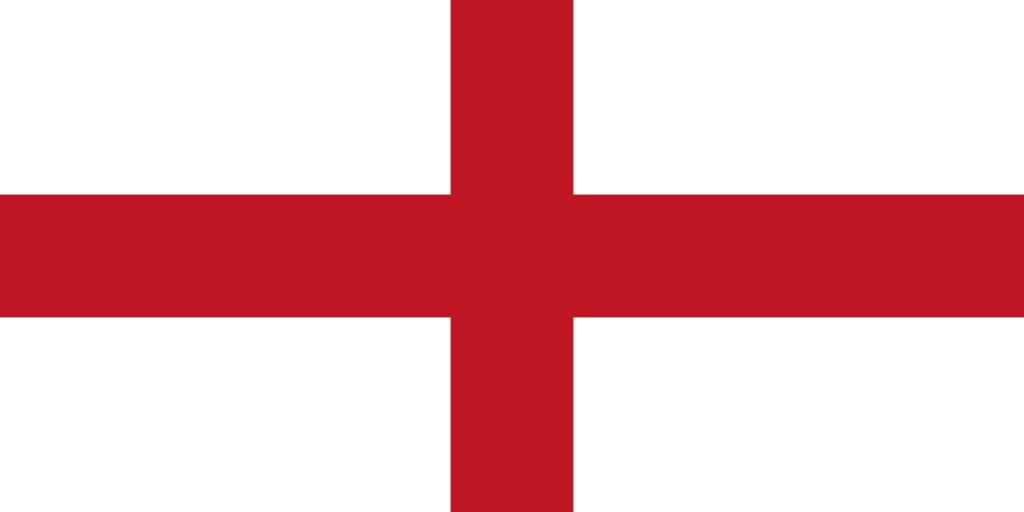
Genoa is the capital of the Italian region of Liguria and the sixth-largest city in Italy. In 2015, 594,733 people lived within the city. As of the 2011 Italian census, the Province of Genoa, which in 2015 became the Metropolitan City of Genoa, had 855,834 resident persons. Over 1.5 million people live in the wider metropolitan area stretching along the Italian Riviera.
On the Gulf of Genoa in the Ligurian Sea, Genoa has historically been one of the most important ports on the Mediterranean: it is currently the busiest in Italy and in the Mediterranean Sea and twelfth busiest in the European Union.
Genoa was the capital of one of the most powerful maritime republics for over seven centuries, from the 11th century to 1797. Particularly from the 12th century to the 15th century, the city played a leading role in the commercial trade in Europe, becoming one of the largest naval powers of the continent and considered among the wealthiest cities in the world. It was also nicknamed la Superba (“the proud one”) by Petrarch due to its glories on the seas and impressive landmarks.
The city has hosted massive shipyards and steelworks since the 19th century, and its solid financial sector dates back to the Middle Ages. The Bank of Saint George, founded in 1407, is the oldest known state deposit bank in the world and has played an important role in the city’s prosperity since the middle of the 15th century.
The historical center, also known as old town, of Genoa is one of the largest and most-densely populated in Europe. Part of it was also inscribed on the World Heritage List (UNESCO) in 2006 as Genoa: Le Strade Nuove and the system of the Palazzi dei Rolli.
Genoa, which forms the southern corner of the Milan-Turin-Genoa industrial triangle of Northwest Italy, is one of the country’s major economic centers.

https://www.um.edu.mt/
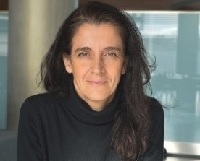
Maria Cassar 
Olga Bogolyubova 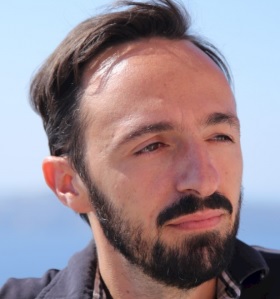
Giorgios Yannakakis

All 10 faculties of USV provide 3-4-year undergraduate (around 46 academic fields) and 2-year master programmes (around 34 academic fields), as well as PhD training in 15 doctoral fields: Business Administration, Computers and Information Technology, Accounting, Economy, Philology, Philosophy, Geography, Materials Engineering, Food Products Engineering, Electrical Engineering, Telecommunications and Information Technologies, Mechanical Engineering, Industrial Engineering, History and Forestry. Stefan cel Mare University has two doctoral schools: the Human and Social Sciences Doctoral School and the Engineering and Applied Sciences Doctoral School.
The main objectives of Stefan cel Mare University of Suceava are in accordance with the EU policies in the fields of education and research: to train highly qualified and competent professionals to face global competition, to harmoniously shape the students’ personalities, to encourage creativity and innovation to continuously develop scientific research, to permanently assess the scientific performance of the members of the academic community, as well as to constantly improve the educational and scientific research activities with a view to structural, qualitative and economically successful integration within the European area of higher education.
The University has continuously developed since its foundation. At present, the Campus comprises almost 66.000 square metres of teaching facilities, two sports fields, Astronomic Observatory, as well as a Swimming and Kinesitherapy Complex and a Centre for Continuous Education. The University provides accommodation for over 1150 students in 5 residential facilities at European standards.
USV is promoting a student centered approach, delivering, additional to the educational activities, support in integration and orientation on the labor market with the contribution of the Counseling and Career Guidance Center. The Centre for Technology Transfer and Spin-off Companies (CTTSC) of USV represents the interface between research, development and innovation activities carried out in the university and the socio-economic, non-academic environment; it capitalizes the results of university research, economic development in general and obtains financial resources for the university. The CTTSC provides support to university staff and students in the process of intellectual property protection and patenting of their own inventions, USV being ranked first in the Top Romanian Universities by the State Office for Inventions and Trademarks for the number of patents obtained during the last decade. The CTTSC provides the organizational, procedural and informational framework necessary for the development of technology transfer contracts and the establishment of spin-off companies by employees and university students. CTTSC also contributes to increasing the university’s visibility within the national and European scientific research area by promoting new products and technologies created by members of the academic community.

Adina Colomeischi 
Florin Tibu 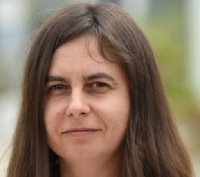
Liliana Bujor

From a tourist point of view, this area is known as Bucovina. When we say Bucovina, we say history, museums, monasteries, traditions and customs, folk crafts, but also beautiful landscapes and hospitable people.
Suceava City is the biggest city of Bucovina. It has a population of about 114,500 inhabitants. Suceava city has some noteworthy attractions of its own, to be seen, like:
Once the capital of Moldova Region (from 1388 until 1565), Suceava is an excellent starting point for trips to the many historical, cultural and natural attractions travelers can enjoy in the Bucovina region. Suceava is also the gateway to visiting the painted Monasteries of Bucovina. Located in the Carpathian foothills, you’ll encounter 48 monasteries built by Stefan cel Mare Voievod. For each of his victorious battles in the 14th and 15th centuries, he built churches and monasteries through Moldova region.

Promovemos a qualidade através da qualificação do nosso corpo docente e da avaliação e acreditação da instituição e dos ciclos de estudos a nível nacional e internacional.
Assumimos o desafio da reforma do ensino superior e acreditamos na democratização do acesso, na abertura a novos públicos e no projeto de aprendizagem ao longo da vida, contribuindo para a aproximação dos índices de frequência e de qualificação da população portuguesa à média da União Europeia.
Garantimos a transparência internacional e o reconhecimento académico e profissional das nossas qualificações, através da adequação ao Processo de Bolonha, da aplicação do sistema de créditos do ECTS e da disponibilização bilingue do Guia ECTS, diplomas e certificados.
Acreditamos no papel fundamental da investigação aplicada para o fortalecimento da missão educativa a nível profissional e tecnológico e como fator de relacionamento externo e de desenvolvimento económico.
Trabalhamos para a plena empregabilidade dos nossos diplomados, através do redesenho das nossas formações, da oferta de estágios curriculares e profissionais, da dinamização da atitude empreendedora e do acesso ao mercado de trabalho europeu e internacional.
Promovemos a internacionalização do ensino superior, através do fomento da mobilidade dos nossos estudantes e diplomados e do estabelecimento de projetos educativos e de investigação conjuntos no espaço transfronteiriço, europeu e internacional.
Participamos na promoção da internacionalização do ensino superior politécnico a nível europeu e no seu enquadramento na rede de universidades de ciências aplicadas (European Network for Universities of Applied Sciences, UASNET).
Contribuímos para o desenvolvimento do ensino superior nos países de língua oficial portuguesa e para o aprofundamento de um espaço lusófono de ensino superior.
Temos consciência que o IPB representa um fator fundamental de sustentabilidade económica, social e cultural da região em que se insere.
Queremos desempenhar um papel de motor de desenvolvimento da região e afirmarmo-nos no espaço nacional, europeu e internacional.

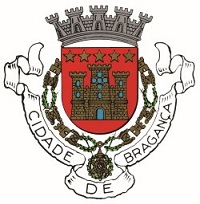
Ainda assim, Bragança vai, a pouco e pouco, consolidando a sua posição dominante na região, do ponto de vista administrativo, militar e religioso. Em meados do século XIII Bragança conta já com quatro freguesias: Santa Maria (na “vila”), São Tiago (também no intramuros e hoje já desaparecida, provavelmente situada na zona do actual pelourinho), São João (no extramuros, situada em frente do actual Governo Civil, no local da implantação do edifício hoje pertença da Câmara) e São Vicente.

Braga é a 3ª maior cidade portuguesa, nascida da antiga cidade romana de Bracara Augusta. Guimarães, classificada Património Cultural da Humanidade pela UNESCO, é conhecida por ser o “berço da nação”. A estrutura organizacional da Universidade é flexível e favorável à inovação e à interdisciplinaridade, potenciando a exploração de áreas de investigação emergentes. As Unidades Orgânicas de Ensino e Investigação – Escola e Institutos – são as estruturas base da Universidade: Escolas de Arquitetura, de Ciências, de Direito, de Economia e Gestão, de Engenharia, de Medicina, de Psicologia e Escola Superior de Enfermagem, e Institutos de Ciências Sociais, de Educação e de Letras e Ciências Humanas.
Os cursos e projetos de investigação possuem um forte reconhecimento internacional. A UMinho é uma universidade de investigação, comprometida com a cadeia de valorização do conhecimento: Investigação, Desenvolvimento e Inovação, e está também voltada para a envolvente socioeconómica, possuindo inúmeras parcerias de sucesso em projetos de investigação, culturais e de desenvolvimento socioeconómico.
A internacionalização representa um forte compromisso e as atividades internacionais são muito intensas, não só no espaço da UE e dos PALOP, mas também com diversos outros países, de vários continentes.
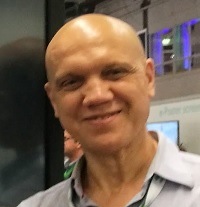
João Cainé 
Ana Paula Macedo 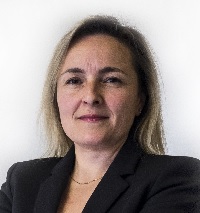
Lisa Gomes 
Rui Pereira 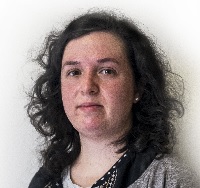
Silvana Martins 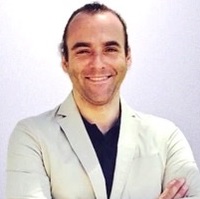
Vítor Carvalho 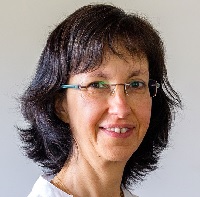
Filomena Soares 

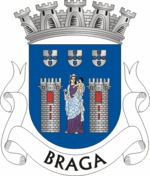
Durante o período dos Flávios, Bracara Augusta recebeu o estatuto municipal e foi elevada a sede do conventus, tendo tido funções administrativas sobre uma extensa região. A partir da reforma de Diocleciano passou a ser a capital da recente província da Gallaecia e no século V a cidade foi tomada pelos invasores suevos, que a escolheram como capital do seu reino.
